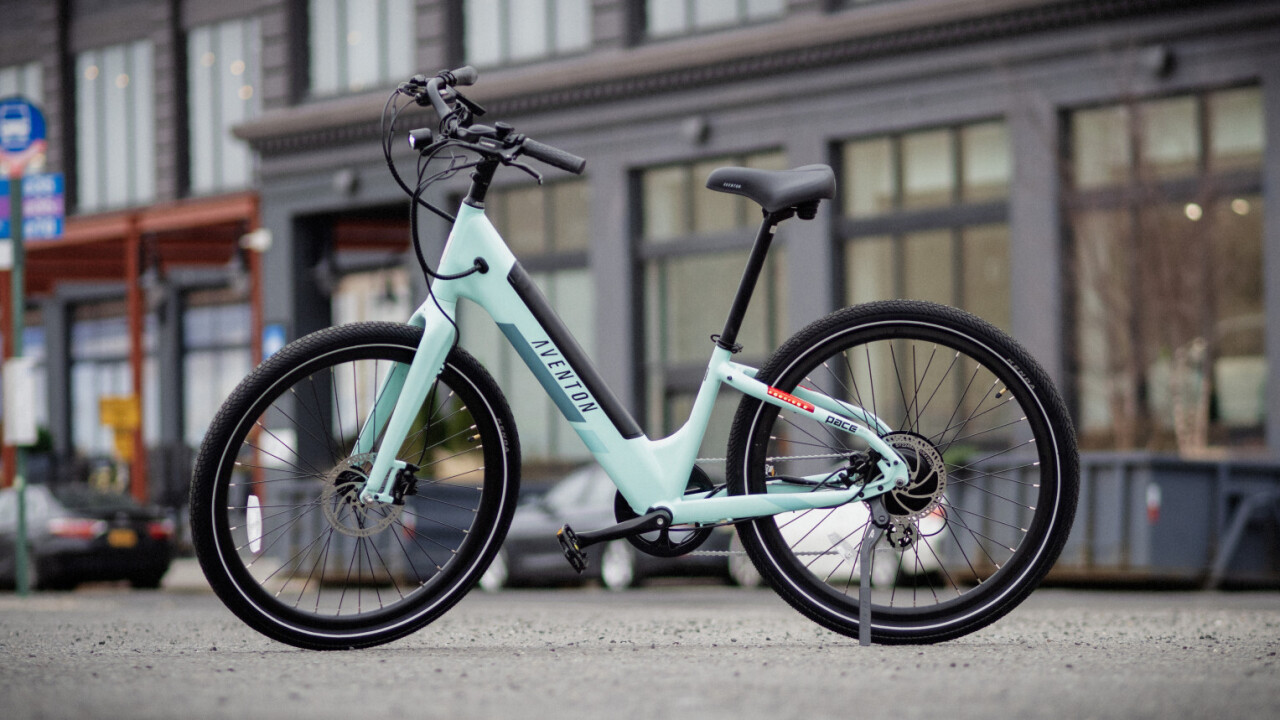
Aventon is one of the most popular ebike companies in the US, and its Pace cruiser bikes have long been the company’s best-selling rides. Now the company is updating its Pace 350 and 500, both of which received major redesigns this week meant to make the bikes more comfortable and easier to use.
I was able to spend a few days with the latest version of the Pace 500 Step-Through, and it gets a whole lot right for not a lot of money.
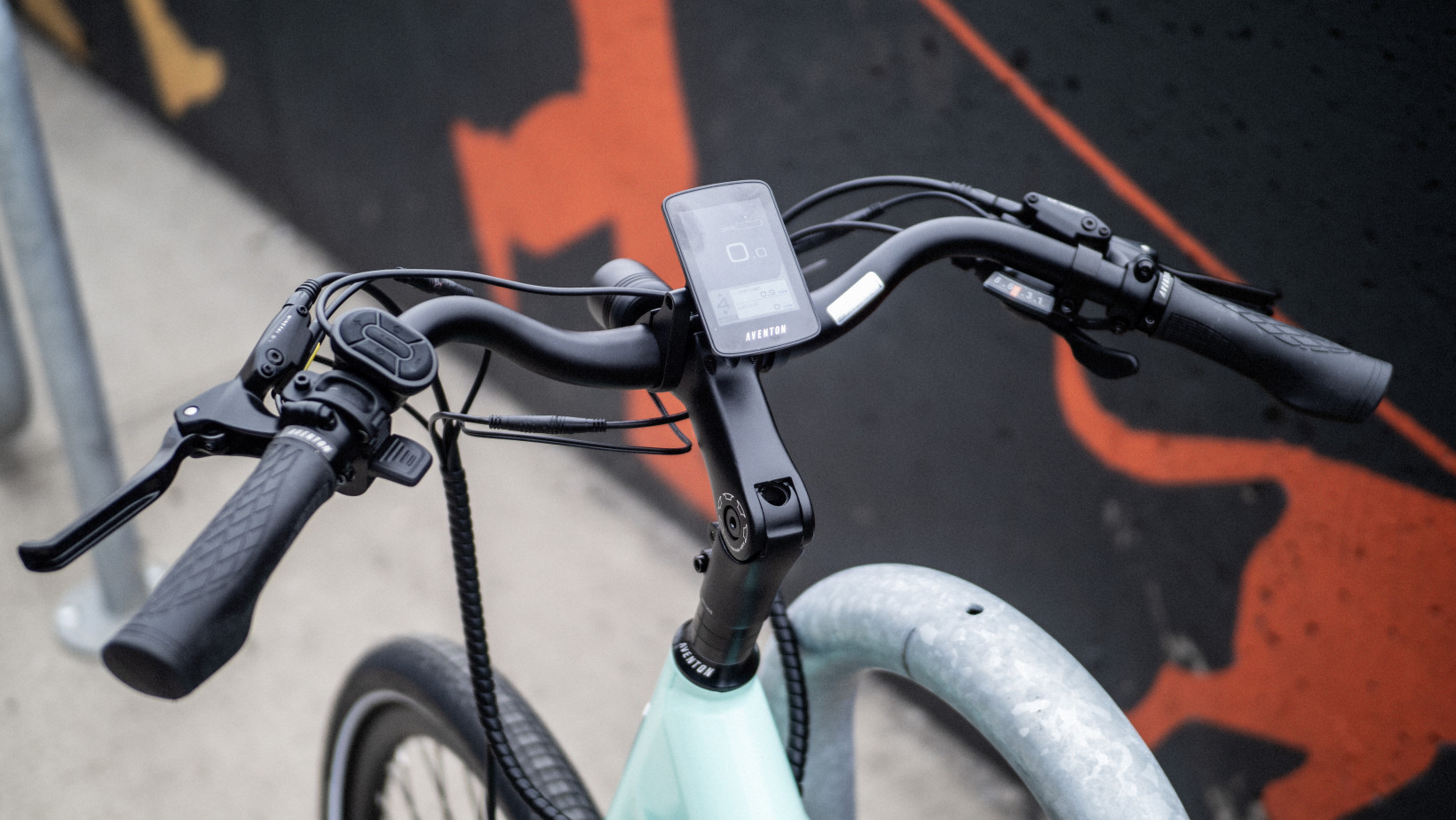
First, some basic specs. Here are the numbers for the Pace 350:
- Price: $1,399
- Motor: 36V, 350W
- Battery: 417 Wh with LG cells
- Range: 39 km (24 mi) throttle-only, 39-64 km (24-40 mi) with pedal-assist. Measured with a 75kg (165lb) rider on flat terrain.
- Top Speed: 32 km/h (20 mph)
- Weight: 22.2 kg (49 lbs)
- Tires: Kenda 27.5″ X 2.2″ (650b)
- Brakes: Mechanical disk brakes with motor cut-off
Now for the Pace 500:
- Price: $1,699
- Motor: 48V, 500W
- Battery: 614 Wh with LG cells
- Range: 48 km (30 mi) throttle only, 39-76 km (24-47 mi) pedal assist. Measured with a 75 kg (165 lb) rider on flat terrain
- Top Speed: 45 km/h (28 mph) with pedal assist, 32 km/h (20 mph) with throttle
- Weight: 23.6 kg (52 lbs)
- Tires: Kenda 27.5″ X 2.2″ (650b)
- Brakes: Hydraulic disk brakes with motor cut-off
Aventon was known for affordable and attractive fixed-gear bikes before it pivoted into the electric bike market, and its latest models bring back some of that sleek DNA.
Like the recently-announced Solterra, the new Pace models offer a streamlined design that looks much more polished than the old models. Whereas previous models had a battery bump that jutted out of the bikes’ frames, the new ones stash the battery neatly into the downtube. It’s not quite ‘stealth ebike’ territory, but it’s a nice compromise.
But by far the coolest design detail on the new bikes are the tail-lights integrated into the rear stays, which will also light up whenever you brake. While I personally gravitate towards more standard components for repairability, there’s no denying they look awesome:
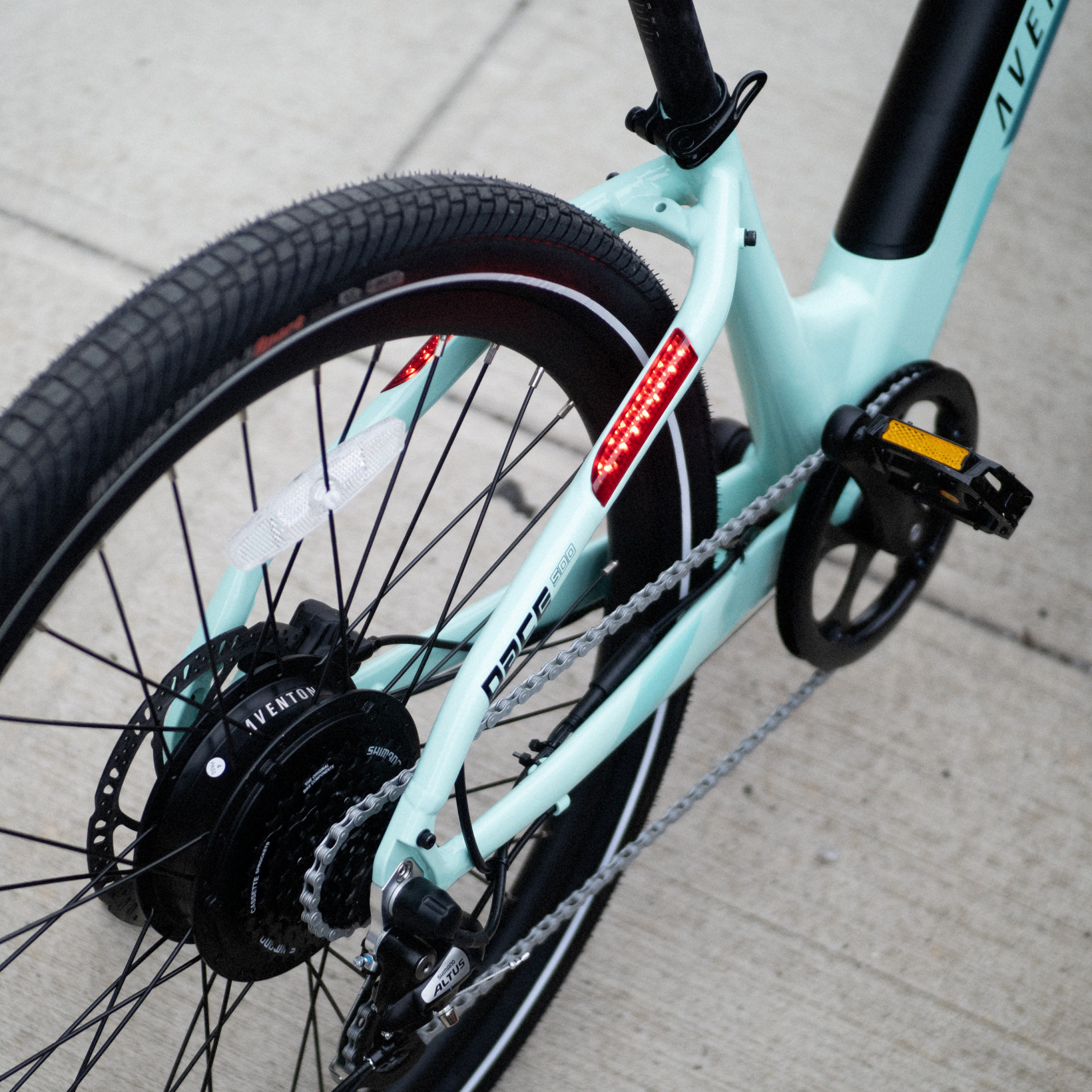
It’s a small detail, but one that sets these bikes apart from a myriad of affordable ebikes with similar frames and electronics.
To that point, Aventon is also using a high-resolution color display that looks far nicer than almost anything else in this price range, as well as a headlight that is bright enough to let you see the road in front of you, not just be seen. The bike’s brains also allow you to connect to a surprisingly well-equipped Bluetooth app where you can track your stats and the like.
Likewise, the bike frame itself just looks and feels nice, with smooth welds and a very shiny paint-job that belies its price tag. I also appreciate that the bikes are relatively light by ebike standards; it’s not uncommon to see 500W ebikes weigh well over 27kg (60 lb). That said, if you’re looking for something almost as light as a regular bike, you should take a look at the Solterra instead.
The ride quality is similarly excellent, thanks in large part to balanced weight distribution, an ergonomic cruiser ride position, a luxurious saddle, and plush 650b tires. I much prefer these types of ‘balloon’ tires over the cheap suspension forks on many ebikes in this price range. I also prefer them over fat tires. 650b tires offer similar comfort and more agility than fat tires, but you’re also much more likely to find a replacement for a damaged tire, tube, or rim at your local bike shop.
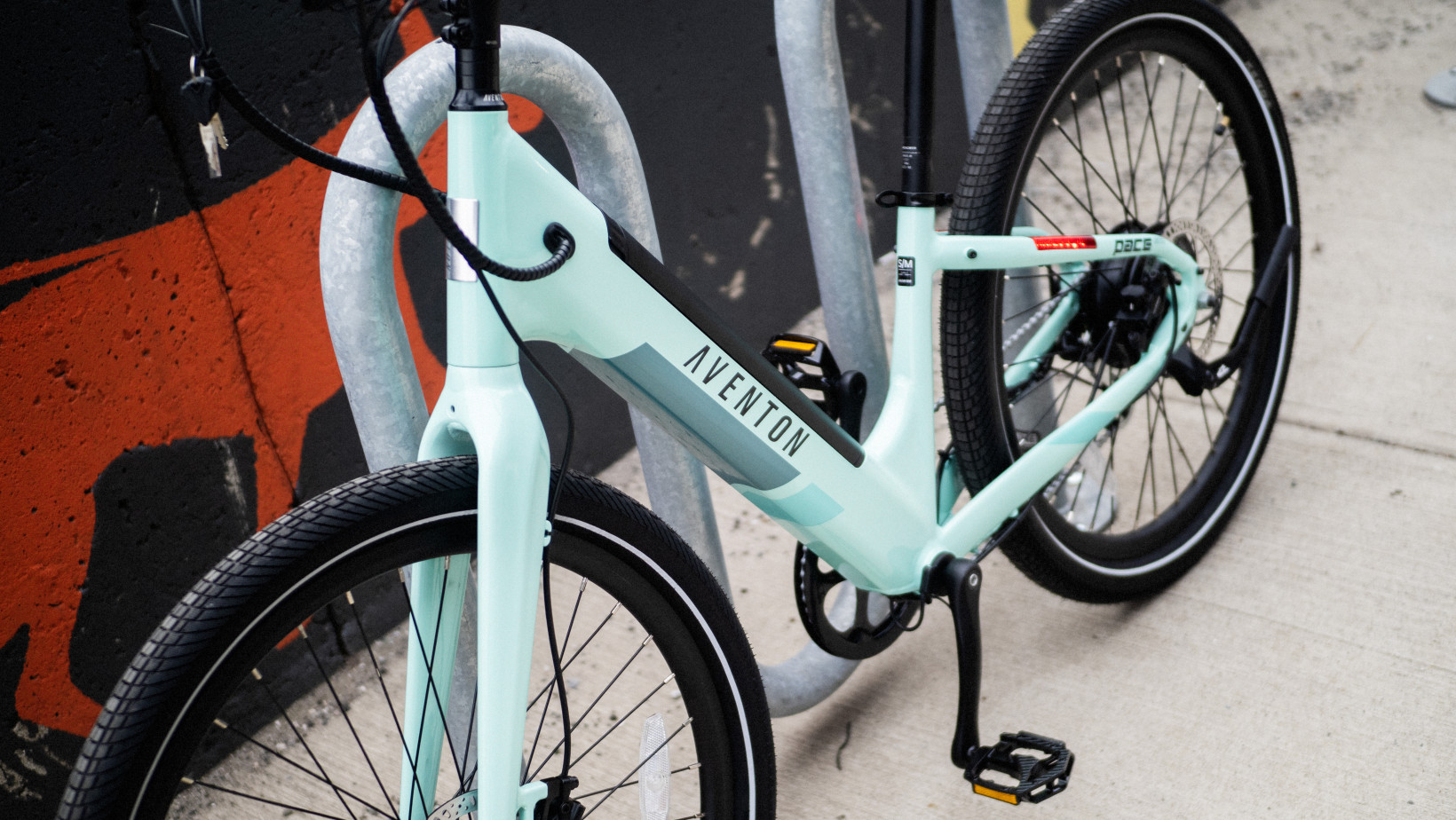
Now for my pet-peeve: the Pace family uses a standard cadence sensor, rather than a fancier torque sensor. I wrote a whole article about the advantages of torque sensors, but the gist is that cadence sensors act like an on-off switch engaged by your pedaling, while torque sensors detect exactly how hard you are pedaling to feed you a proportional amount of power. The latter engage more quickly and responsively — and they simply feel much nicer to pedal.
In Aventon’s defense, it’s very rare to find a torque sensor below $2,000. But it has become more common recently with bikes like the Tenways CGO600 and the Fiido X. That said, those bikes are still more expensive and don’t offer a throttle, which at least makes up for the cadence sensor’s delay when going uphill or starting from a dead stop in a high gear.
Aventon’s cadence sensor is smoother than most too, but it nonetheless takes about half a crank rotation to engage. It would be nice to see one of the most popular ebike makers stand out by offering a torque sensor — I’d gladly even pay for an upgrade kit, as many ebike controllers do support a torque sensor even if the bike itself doesn’t have one — but maybe we’ll get lucky with the next redesign.
There’s a lot to like here, and the only variable I’m really missing from my hands-on period is an extended range test. Luckily Aventon provides more extensive range figures than most manufacturers, including the range you should get at different assist levels and speeds, so check out the Pace 350 and 500’s official pages for more details on that front. They seem realistic based on my real-world tests with similarly spec’d ebikes.
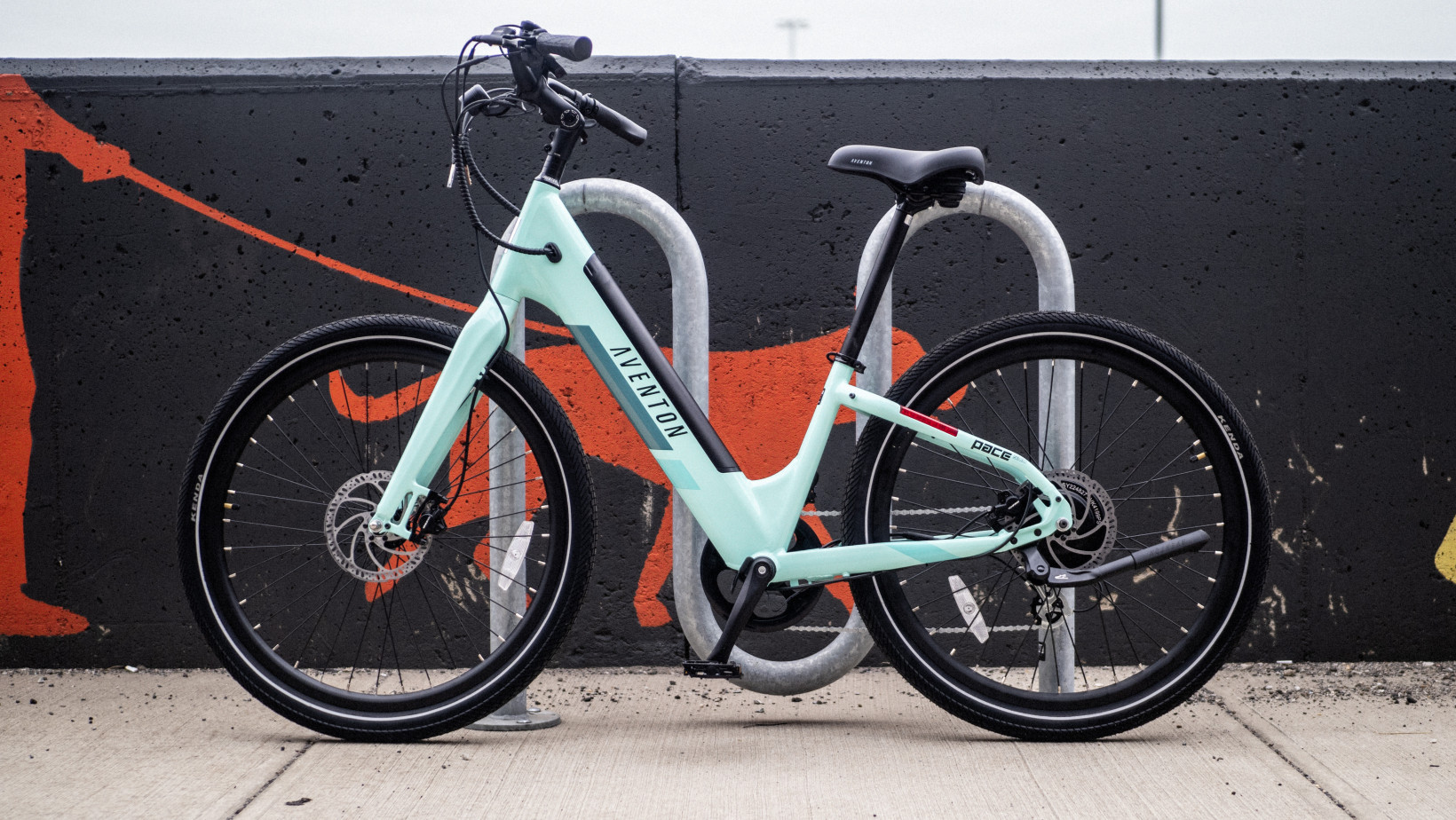
It’s hard to fault Aventon’s Pace 500 Step-Through; it’s one of the most-polished feeling ebikes I’ve tested at any price range, so the fact that it comes in at $1,700 makes it an easy recommendation in my book. Assuming the other models in the line-up hold up similarly, it should be near the top of your list if you’re shopping for a new ebike.
Get the TNW newsletter
Get the most important tech news in your inbox each week.




